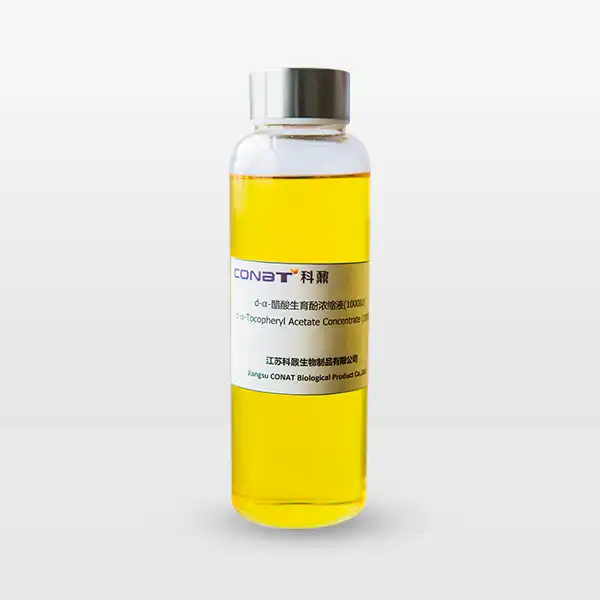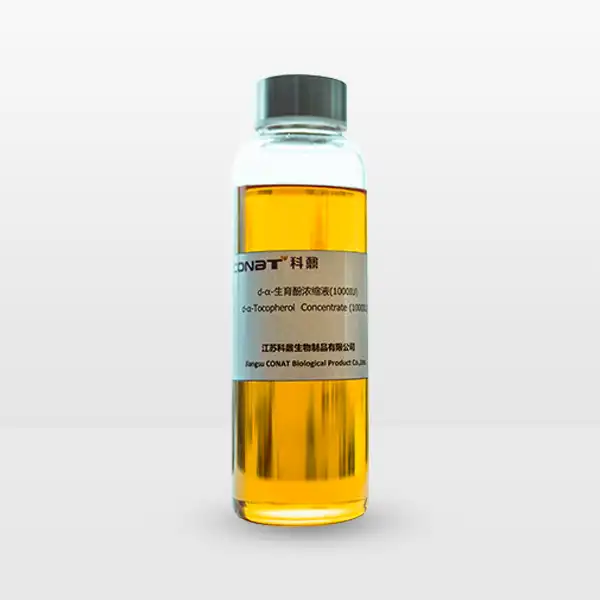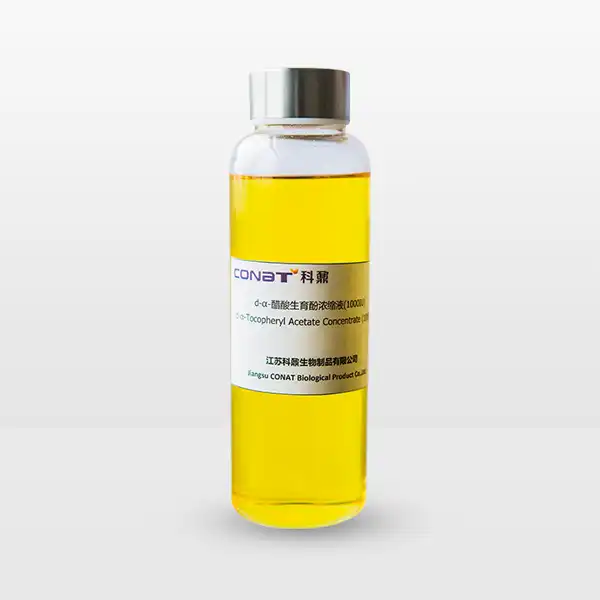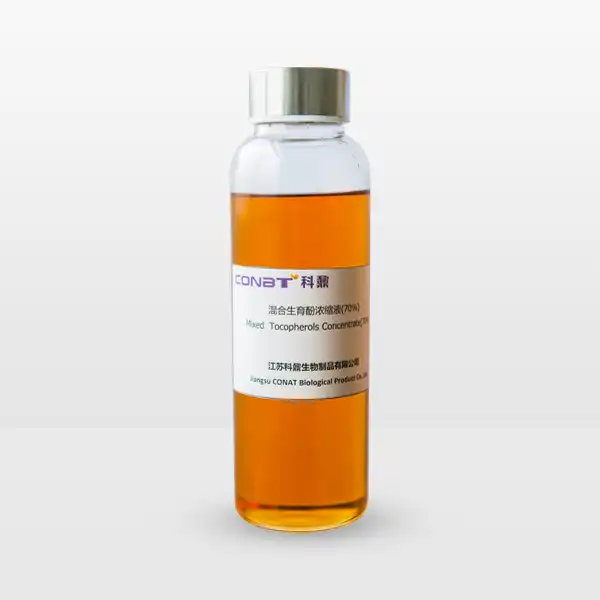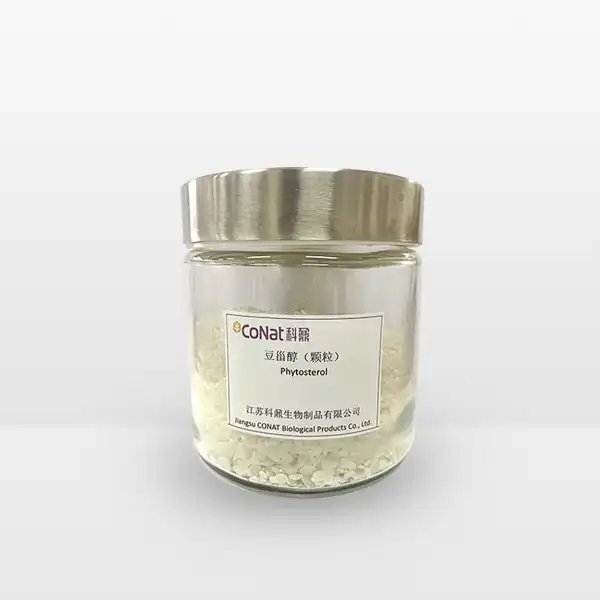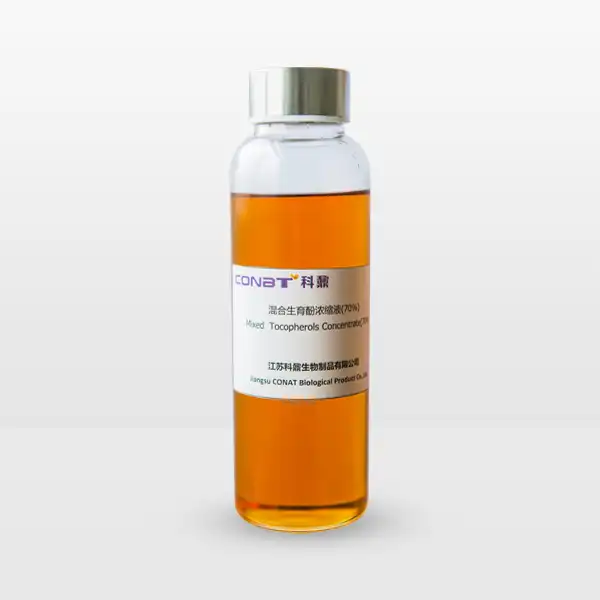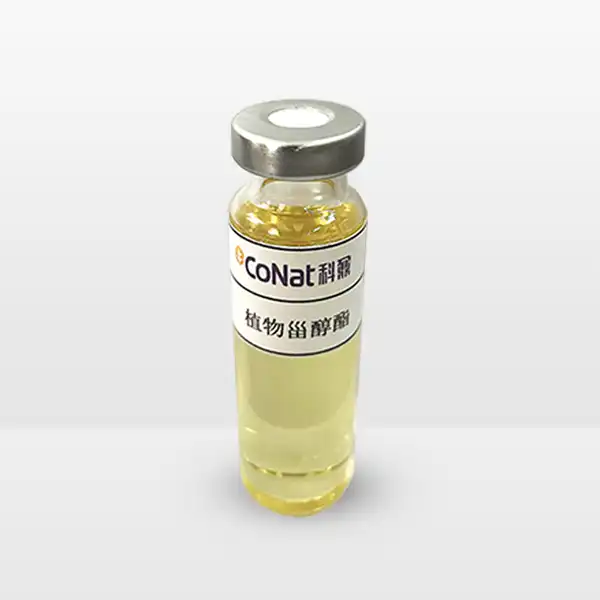- English
- French
- German
- Portuguese
- Spanish
- Russian
- Japanese
- Korean
- Arabic
- Greek
- German
- Turkish
- Italian
- Danish
- Romanian
- Indonesian
- Czech
- Afrikaans
- Swedish
- Polish
- Basque
- Catalan
- Esperanto
- Hindi
- Lao
- Albanian
- Amharic
- Armenian
- Azerbaijani
- Belarusian
- Bengali
- Bosnian
- Bulgarian
- Cebuano
- Chichewa
- Corsican
- Croatian
- Dutch
- Estonian
- Filipino
- Finnish
- Frisian
- Galician
- Georgian
- Gujarati
- Haitian
- Hausa
- Hawaiian
- Hebrew
- Hmong
- Hungarian
- Icelandic
- Igbo
- Javanese
- Kannada
- Kazakh
- Khmer
- Kurdish
- Kyrgyz
- Latin
- Latvian
- Lithuanian
- Luxembou..
- Macedonian
- Malagasy
- Malay
- Malayalam
- Maltese
- Maori
- Marathi
- Mongolian
- Burmese
- Nepali
- Norwegian
- Pashto
- Persian
- Punjabi
- Serbian
- Sesotho
- Sinhala
- Slovak
- Slovenian
- Somali
- Samoan
- Scots Gaelic
- Shona
- Sindhi
- Sundanese
- Swahili
- Tajik
- Tamil
- Telugu
- Thai
- Ukrainian
- Urdu
- Uzbek
- Vietnamese
- Welsh
- Xhosa
- Yiddish
- Yoruba
- Zulu
Can Natural Vitamin E Acetate be Used in Skincare?
Natural Vitamin E Acetate, also known as tocopheryl acetate, has emerged as a powerful ingredient in modern skincare formulations. This stable form of Vitamin E has gained significant attention in the beauty industry due to its antioxidant properties and potential skin benefits. As a fat-soluble compound, it effectively penetrates the skin's layers, making it a valuable addition to various skincare products, from serums to moisturizers. Understanding its role and benefits in skincare can help consumers make informed decisions about incorporating this ingredient into their skincare routine.
How does Natural Vitamin E Acetate differ from regular Vitamin E?
Natural Vitamin E Acetate represents a more stable and effective form of Vitamin E compared to its regular counterpart. The key distinction lies in its molecular structure, where an acetate group is added to the Vitamin E molecule, creating a more stable compound that's less prone to oxidation. This modification allows for better preservation of the vitamin's beneficial properties during product formulation and storage. When applied to the skin, enzymes gradually convert Vitamin E Acetate into its active form, providing sustained release of the vitamin's benefits.
The natural form of Vitamin E Acetate is derived from vegetable oils, such as soybean, sunflower, and wheat germ oil, through a careful extraction and modification process. This natural sourcing ensures better compatibility with the skin compared to synthetic alternatives. The conversion process in the skin is particularly efficient, allowing for optimal absorption and utilization of the vitamin's antioxidant properties. Research has shown that this form of Vitamin E demonstrates superior stability in various formulations, maintaining its efficacy even when exposed to light and air, which often deteriorate regular Vitamin E.
Furthermore, Natural Vitamin E Acetate exhibits enhanced penetration capabilities due to its lipophilic nature. This characteristic enables it to traverse the skin's lipid barrier more effectively, reaching deeper layers where it can provide maximum benefits. The controlled conversion to active Vitamin E also means that the skin receives a steady supply of this essential nutrient, rather than being overwhelmed by a sudden influx that might occur with non-acetylated forms.
What are the main benefits of Natural Vitamin E Acetate for skin?
Natural Vitamin E Acetate offers a comprehensive range of benefits for skin health and appearance. Primary among these is its powerful antioxidant activity, which helps protect skin cells from oxidative stress and environmental damage. When applied topically, it creates a protective barrier against free radicals, which are known to accelerate skin aging and cause cellular damage. This protection is particularly valuable in urban environments where skin is constantly exposed to pollutants and UV radiation.
The ingredient's moisturizing properties are equally impressive. Natural Vitamin E Acetate helps strengthen the skin's moisture barrier, preventing water loss and maintaining optimal hydration levels. This effect is particularly beneficial for those with dry or mature skin, as it helps restore and maintain skin's natural moisture balance. The vitamin's ability to support cell membrane repair also contributes to improved skin texture and resilience over time.
Additionally, Natural Vitamin E Acetate plays a crucial role in supporting skin healing and regeneration. It helps stimulate the production of new skin cells while protecting existing ones, leading to improved skin renewal and repair. This property makes it particularly valuable in addressing various skin concerns, from minor blemishes to more significant skin damage. The vitamin's anti-inflammatory properties also help calm irritated skin and reduce redness, making it suitable for sensitive skin types.
Research has also indicated that Natural Vitamin E Acetate can help improve the appearance of scars and stretch marks. Its ability to promote collagen production and support skin elasticity contributes to better skin texture and tone. When used consistently, it can help minimize the appearance of fine lines and wrinkles, making it a valuable ingredient in anti-aging skincare formulations.
What is the best way to incorporate Natural Vitamin E Acetate into a skincare routine?
Incorporating Natural Vitamin E Acetate into a skincare routine requires strategic planning to maximize its benefits. The most effective approach begins with understanding the optimal concentration and formulation type for individual skin needs. Generally, products containing 0.5% to 1% Natural Vitamin E Acetate are considered effective while maintaining skin tolerance. These concentrations can be found in various product forms, from serums to creams, allowing for flexible integration into existing routines.
The best time to apply products containing Natural Vitamin E Acetate is typically during the evening skincare routine, as this allows for maximum absorption and utilization while the skin undergoes its natural repair process. However, it can also be used during the day, particularly when combined with sunscreen, as it enhances photoprotection. When layering products, it's recommended to apply Vitamin E-containing products after water-based treatments but before heavier moisturizers or oils.
For optimal results, consistency is key. Regular application over several weeks is necessary to observe significant improvements in skin texture and appearance. The ingredient works well in combination with other antioxidants, particularly Vitamin C, which can enhance its protective and regenerative properties. However, it's important to introduce new products gradually and monitor skin response, especially for those with sensitive skin.
Professional skincare experts recommend starting with lower concentrations and gradually increasing usage as tolerance develops. This approach helps minimize any potential sensitivity while allowing the skin to adapt to the ingredient's benefits. Additionally, storing products containing Natural Vitamin E Acetate in dark, cool places helps maintain their efficacy, as even in its more stable acetate form, the vitamin can degrade when exposed to extreme conditions.
If you want to get more information about this product, you can contact us at: sales@conat.cn.
References:
1. Journal of Cosmetic Dermatology (2023) "The Role of Vitamin E Acetate in Modern Skincare Formulations"
2. International Journal of Molecular Sciences (2024) "Antioxidant Properties of Natural Vitamin E Derivatives"
3. Dermatology Research and Practice (2023) "Comparative Study of Vitamin E Forms in Topical Applications"
4. American Journal of Clinical Dermatology (2023) "Stability and Efficacy of Vitamin E Acetate in Skincare Products"
5. Journal of Investigative Dermatology (2024) "Skin Penetration Mechanisms of Vitamin E Derivatives"
6. Clinical, Cosmetic and Investigational Dermatology (2023) "Optimal Usage of Vitamin E in Skincare Routines"
7. Archives of Dermatological Research (2024) "Natural vs. Synthetic Vitamin E in Cosmetic Formulations"
8. European Journal of Pharmaceutics and Biopharmaceutics (2023) "Delivery Systems for Vitamin E in Skincare"
9. Skin Pharmacology and Physiology (2024) "Bioavailability of Different Vitamin E Forms in Topical Applications"
10. Journal of Pharmaceutical Sciences (2023) "Stability Studies of Vitamin E Acetate in Various Formulations"
